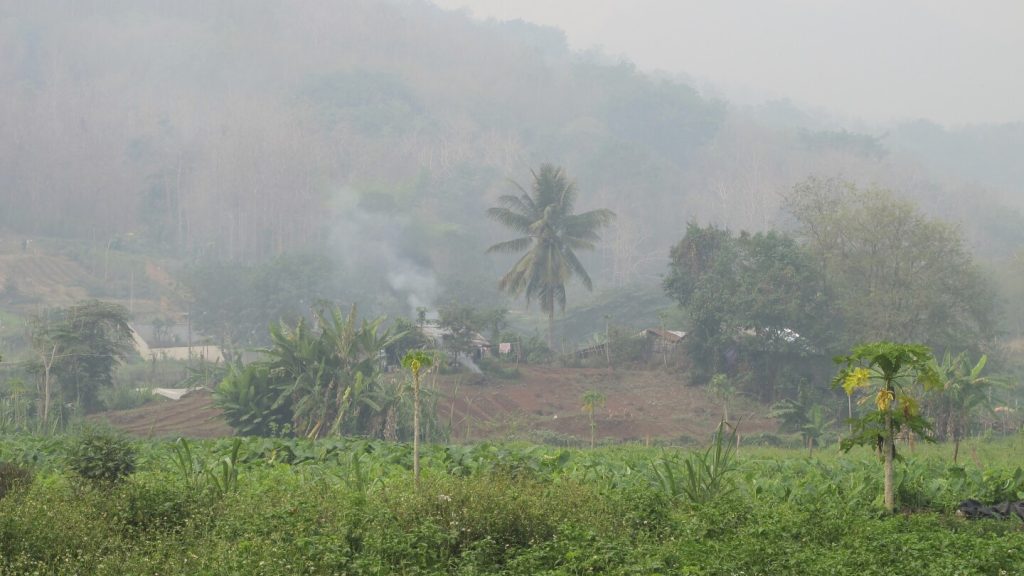Southeast Asian economies are on the path to recovery as tourism and exports bounce back from the effects of the pandemic, according to regional financial leaders. Despite this progress, there are still challenges such as geopolitical tensions and volatile commodity prices that pose risks to economic growth. Finance ministers from the 10-member Association of Southeast Asian Nations (ASEAN) met in Laos and emphasized the potential impact of adverse financial spillovers from geopolitical tensions, global commodity price fluctuations, climate change, aging populations, and digitalization on the region’s economy.
Laos, one of the economically vulnerable ASEAN nations, is facing a demographic shift as its youthful population ages. While the country has a couple of decades to prepare for this transition, it is grappling with issues such as high foreign debt, a weakening currency, and inflation at around 25%. In U.S. dollars, Laos’ economy is contracting due to currency devaluation, but it is growing in local currency terms. The country has total borrowing of about 125% of its economy, with a significant portion owed to China. Chinese financial institutions have rescheduled some debt payments, easing pressure on Laos’ economy and preventing a default.
Despite its debt challenges, Laos has recognized the severity of its financial situation and is open to seeking assistance. The country has taken steps to release a report by the International Monetary Fund outlining urgent actions needed to address its finances. At the ASEAN meetings, Laos signed agreements to launch cross-border payments using QR codes and integrate its finances with those of wealthier neighbors. While climate-related issues were not a focal point at the meetings due to seasonal forest fires, financial officials discussed strategies for reducing carbon emissions and promoting sustainable energy projects. Laos is investing in renewables like wind power to diversify its energy sector.
Winfried F. Wicklein, director general for Southeast Asia at the Asian Development Bank, noted that Laos is in debt distress with high payment obligations and significant borrowing, particularly from China. Transparency around the interest and repayment process for Chinese debts remains a concern. The country’s debt issues are limiting its options for economic growth, requiring strategic planning to navigate the challenges. Despite these hurdles, Laos is taking incremental steps towards financial integration with regional partners and pursuing investments in renewable energy projects like wind power. Collaborative efforts among ASEAN nations are aimed at sharing knowledge and experiences to address common challenges and move towards sustainable development.
As Southeast Asian economies continue to recover from the pandemic, financial leaders remain cautiously optimistic about the region’s growth prospects. The 10 ASEAN member states are expected to see economic growth rates near 5% in 2024, but uncertainties related to geopolitical tensions and commodity price volatility persist. While Laos faces specific economic challenges, such as high debt levels and currency devaluation, it is working towards implementing reforms and seeking assistance to address its financial issues. By engaging in regional collaborations, Laos and other ASEAN nations are striving towards a more integrated and sustainable economic future that can withstand external shocks and promote inclusive growth.


